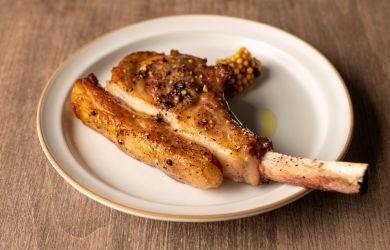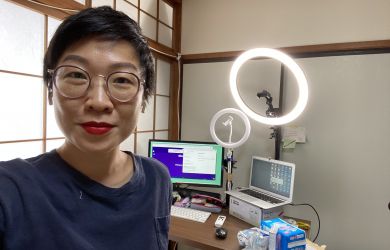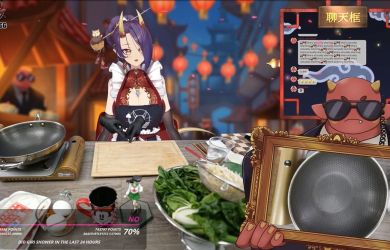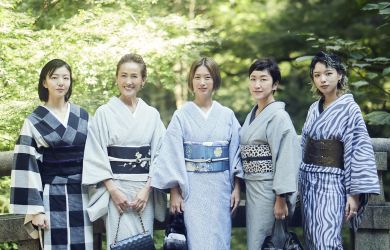
July 24, 2008
SCHOOL FOOD
A new Akasaka restaurant proves Korean students know how to eat
By Metropolis
Originally published on metropolis.co.jp on July 2008
Like millions of other former students, the term “school food” reminds us of vegetables with the last vestige of life boiled out of them, gristly, unidentifiable meat items, and mounds upon mounds of flavorless mashed potatoes. So it was with no small amount of trepidation that we approached this popular new eatery in Akasaka.
We arrived to find the small restaurant nearly full of customers and overflowing with spirited conversation. The open kitchen and terrace windows, which opened onto a street full of passersby, added to a lively atmosphere that didn’t resemble any school lunchroom we had ever seen.
Fortunately for us, the fare here is not based on the meals slopped out at small Midwestern US elementary schools, but rather the snacks that Korean high school and university students munch on after a hard day of classes. We learned from the staff that the School Food chain started in Seoul in 2002, offering dishes made from ingredients that can be found in the fridge of the average Korean home. The concept was an instant hit thanks to the increasing number of young Koreans who live alone and are desperate for something resembling a home-cooked meal. After opening 11 locations around Korea, the owners brought the chain to Japan.
Turning to the menu, we were thrilled to see many dishes that are hard to find at other Korean restaurants in Tokyo, and that give a good sense of the kind of food that’s popular in Korea at the moment. We spotted sushi rolls filled with Spam (¥500), and tteokbokki, a sweet rice cake broiled in spicy sauce that is a popular snack sold by street vendors in Korea. At School Food, this dish can be ordered smothered in cheese (¥1,000), which is by no means a staple in traditional Korean cuisine.
We decided to start with a few gimbap. At first glance, these resemble sushi rolls but are stuffed with a much wider array of fillings, and they’re sometimes served “inside out.” We chose the squid ink roll and egg roll (¥700 each for a plate of two). We looked on as they were being made in the kitchen and poured a decanter of makgeolli (¥850), a milky, somewhat sweet rice-based liquor. The nicely presented rolls shattered our preconception that all Korean food is super spicy. We soon found ourselves missing that spiciness, however, and asked for a side order of kimchi (¥300).
Next we ordered street vendor-style tteokbokki (¥850), which was described on the menu as the “perfect after-school snack,” as well as shimbikusu (¥900), chilled noodles in a kimchi sauce topped with shredded nori and a hardboiled egg. These dishes did have a welcome amount of spice, and a few bites left us extremely thirsty. Since we were in a not-so-traditional Korean restaurant, we ordered a couple of bottles of Guinness (¥650) on a whim.
On our way out, we were glad to have found a new favorite among the many excellent Korean restaurants in Tokyo.









